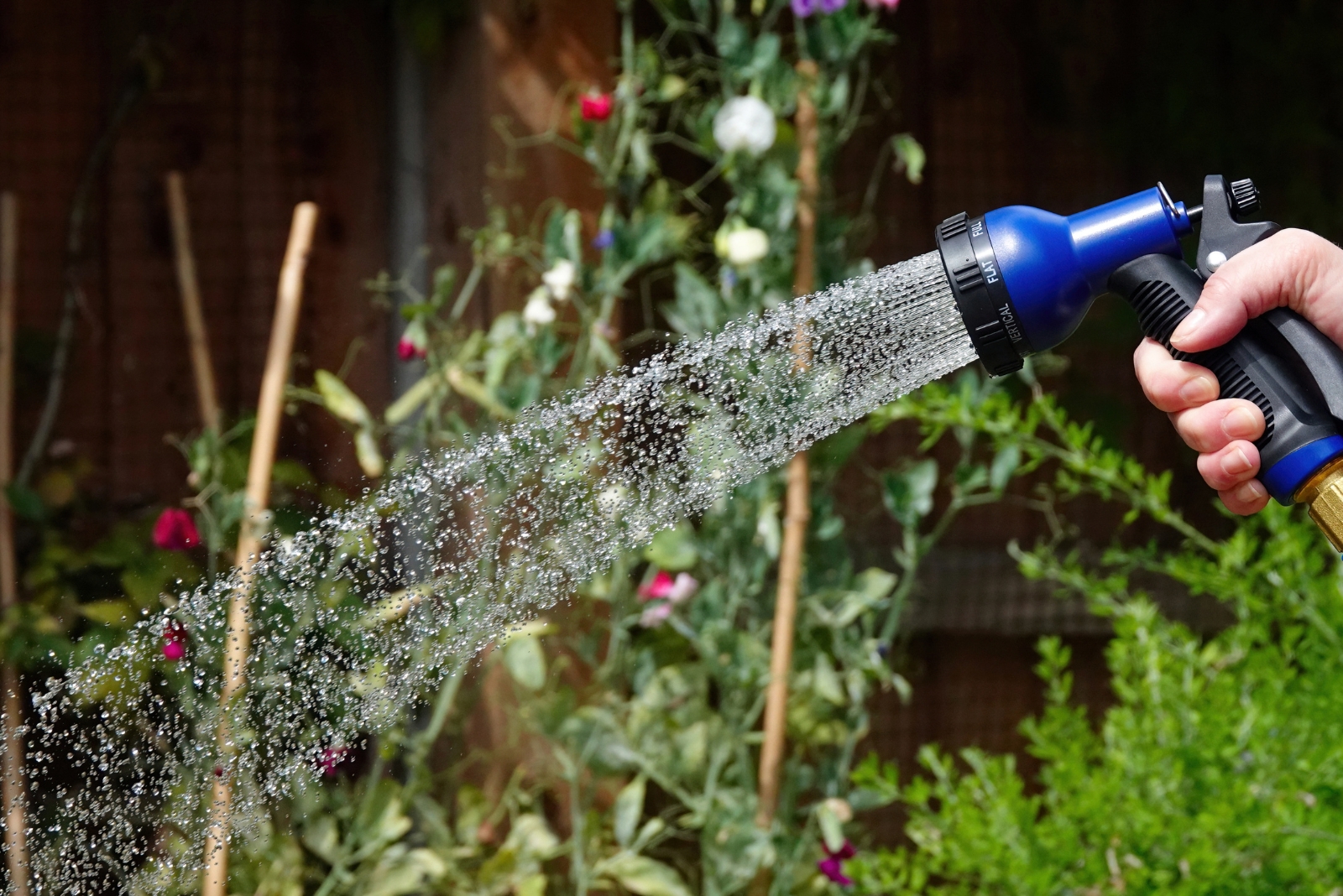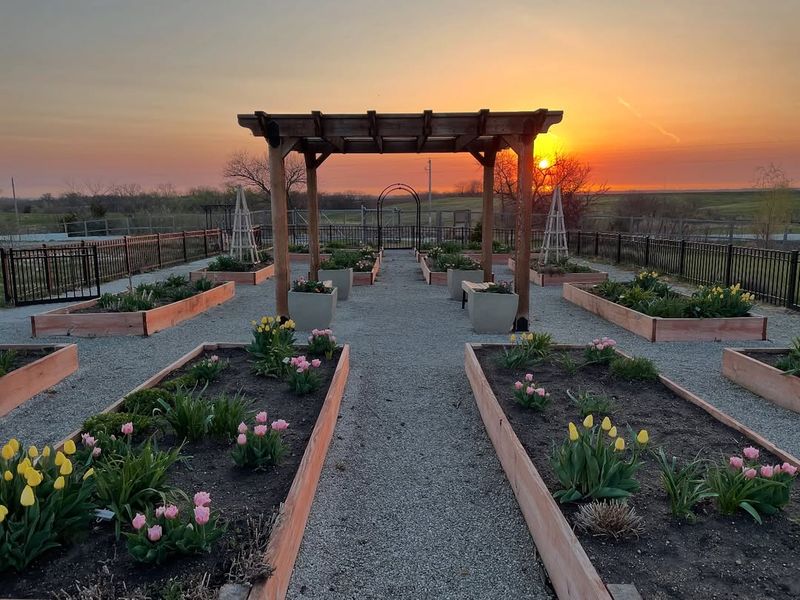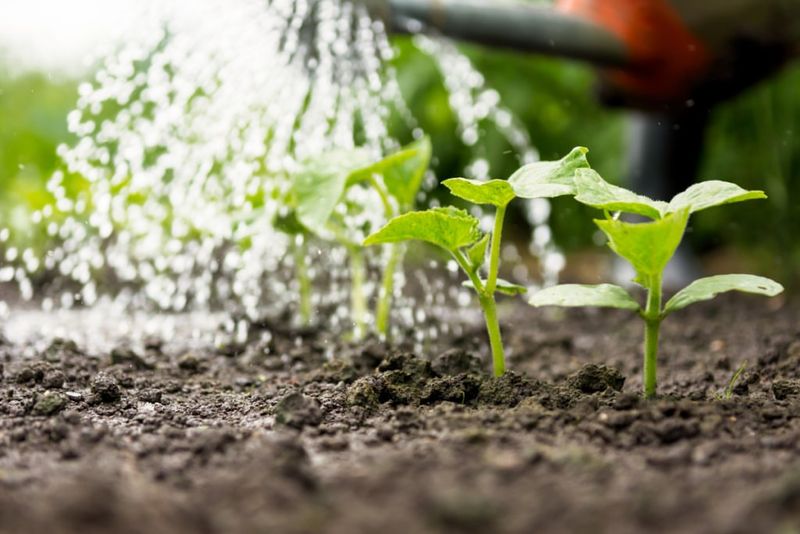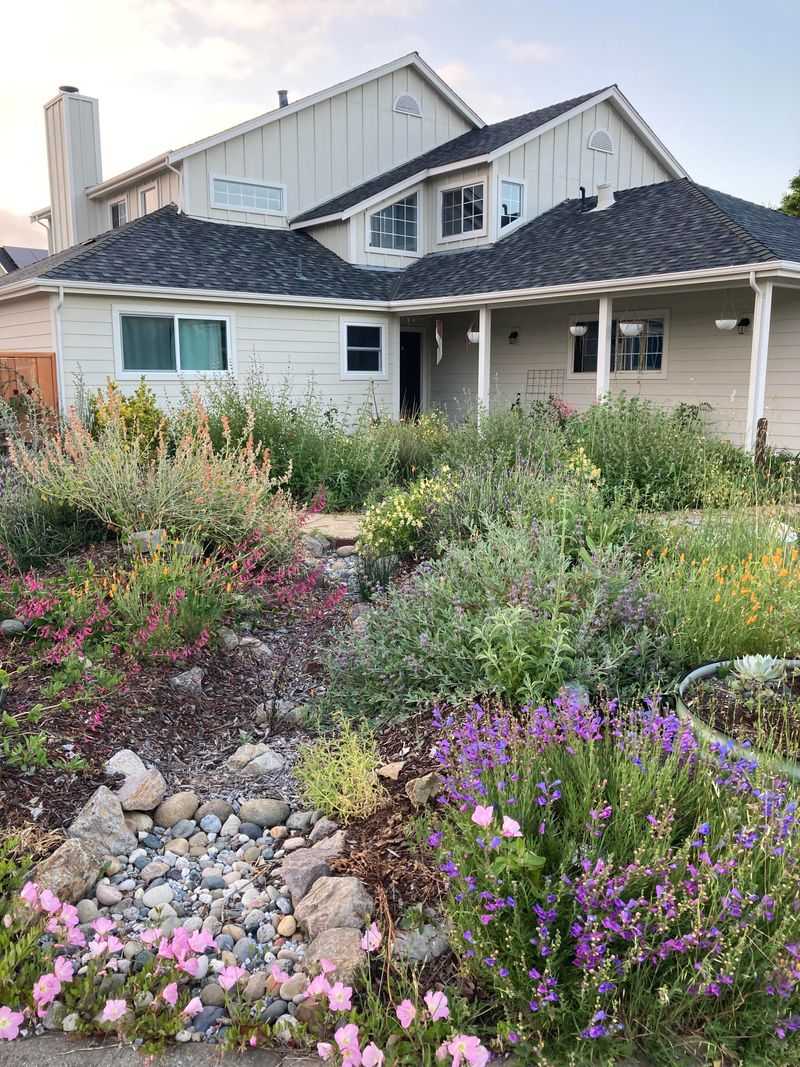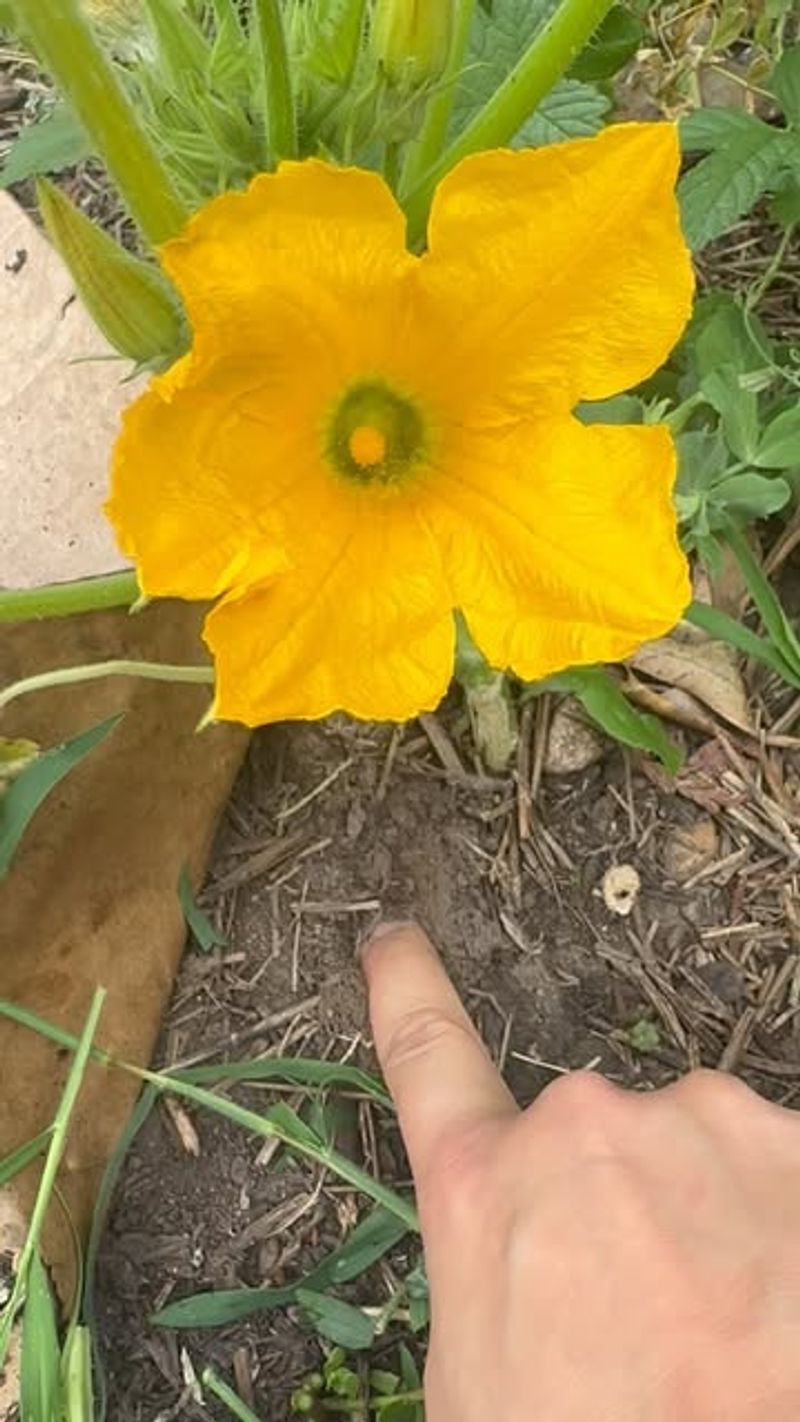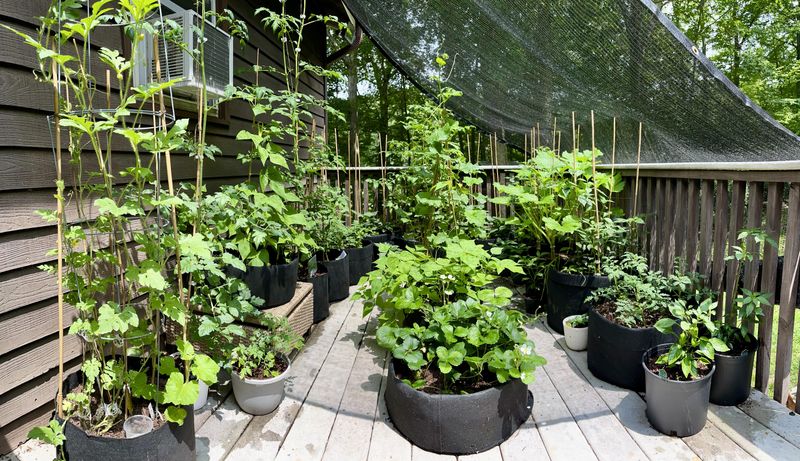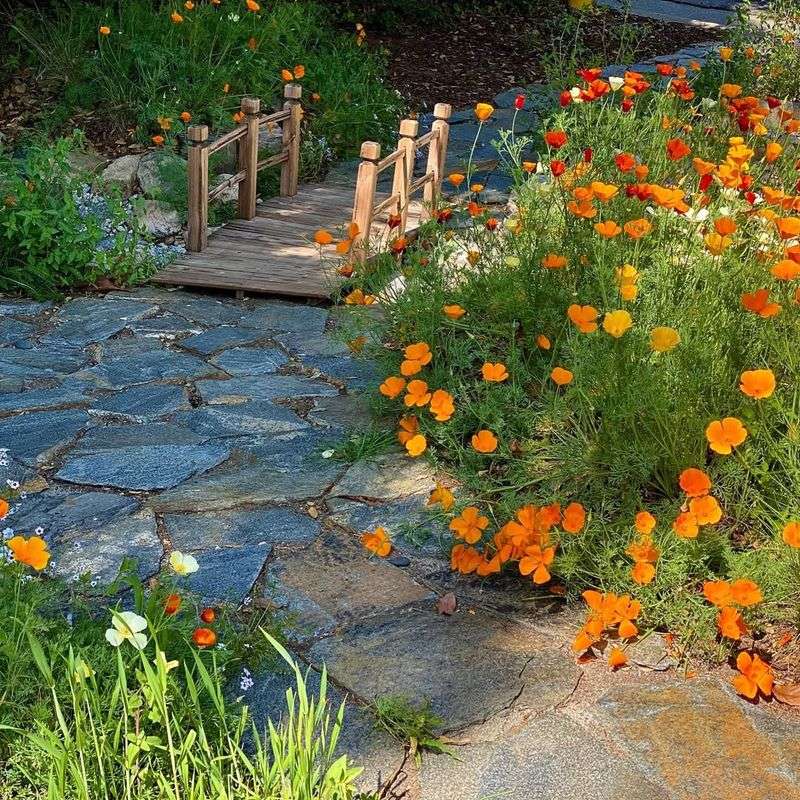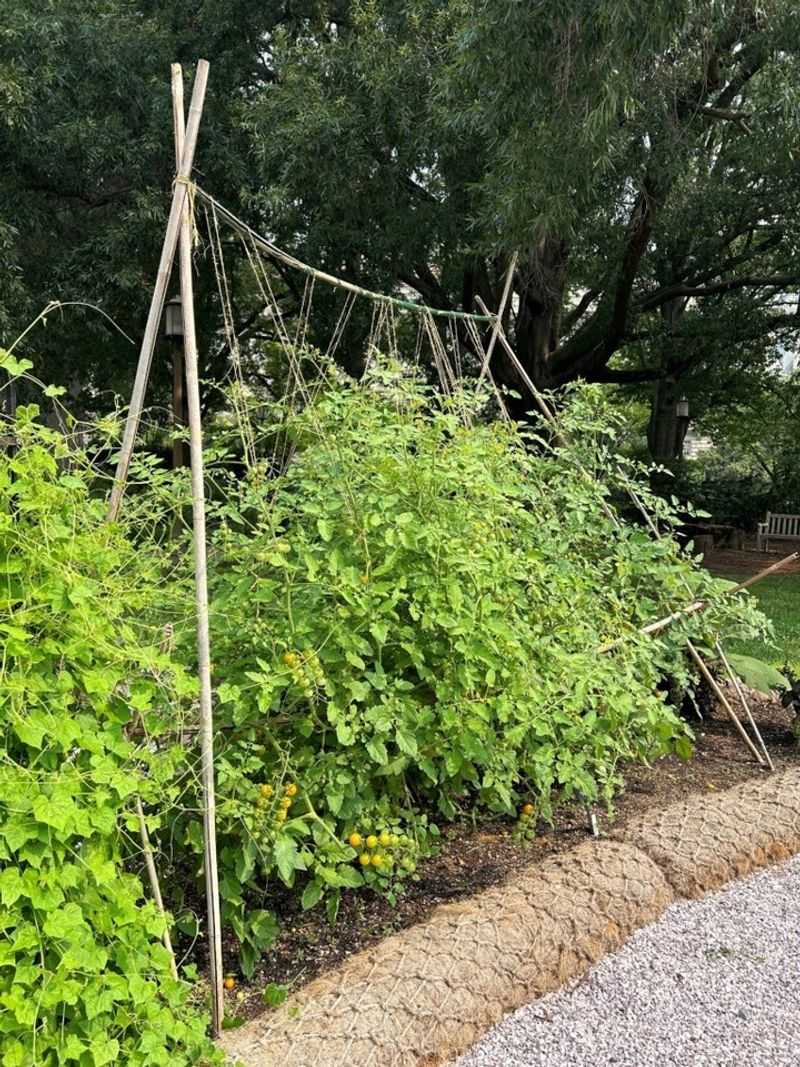Timing is everything when it comes to watering your fall garden in California. The right schedule can keep your plants healthy, vibrant, and growing strong even as temperatures drop.
I’ve learned a few tricks over the years that make all the difference in keeping veggies, flowers, and herbs thriving.
Here are some simple tips to make sure your fall garden gets exactly what it needs at the perfect time.
1. Early Morning Before Sunrise
Watering before the sun comes up gives your California garden the best chance to absorb moisture deeply. Cool morning air means less evaporation, so more water actually reaches the roots where plants need it most.
Plants have all day to dry off, which prevents fungal diseases from taking hold. Set your alarm or use a timer system to catch that perfect window between 5 and 7 AM when temperatures are lowest and your garden is ready to drink up.
2. After Planting New Seeds or Transplants
Newly planted seeds and baby transplants are like newborns—they need constant care to survive their first few weeks. Right after tucking them into California soil, give them a thorough soaking to help roots make contact with surrounding earth.
Check daily for the first week since young plants dry out quickly in California’s climate. Keep the top inch of soil consistently moist but not soggy, adjusting as your seedlings establish themselves and start growing stronger each day.
3. During Santa Ana Wind Events
Santa Ana winds sweep through California like giant hair dryers, sucking moisture from soil and leaves faster than you can imagine. Your garden loses water at triple the normal rate during these hot, dry wind events that typically hit in fall.
Monitor your plants closely and water in the evening after the worst winds pass. Even drought-tolerant California natives need extra drinks during these challenging weather patterns that can stress plants within hours.
4. When Top Two Inches of Soil Feel Dry
Stick your finger into the ground like you’re testing cake batter—if the top two inches feel dry, your California garden is asking for water. This simple touch test beats any fancy gadget for knowing when plants are thirsty.
Fall weather in California varies wildly, so checking soil moisture beats following a rigid schedule. Some weeks might need three waterings while others need just one, depending on temperature, wind, and whether those rare fall rains show up.
5. Before an Expected Cold Snap
Moist soil holds heat better than dry ground, acting like a thermal blanket for your California plants when temperatures drop unexpectedly. Water thoroughly the afternoon before forecasted cold weather arrives, giving roots time to absorb what they need.
California’s fall nights can surprise you with sudden chills, especially in inland valleys. Well-hydrated plants handle cold stress much better than thirsty ones, protecting your harvest from frost damage that could ruin weeks of careful growing.
6. Mid-Morning on Overcast Days
Cloudy California days are rare gifts in fall, offering perfect conditions for watering without harsh sun evaporating your efforts. Between 9 and 11 AM works beautifully when skies stay gray and temperatures remain moderate.
Overcast conditions let you water more slowly and thoroughly since there’s no sun racing you to the finish line. Plants absorb moisture efficiently, and you can take your time inspecting each bed for pests or problems while the comfortable weather lasts in your California garden.
7. Two Days After Fertilizing
Fertilizer sitting on dry California soil is like food on a plate nobody can reach—plants can’t use those nutrients until water dissolves and carries them down to hungry roots. Wait about 48 hours after spreading fertilizer, then water deeply and slowly.
California’s dry fall air means fertilizer won’t burn plants as easily as summer, but it still needs moisture to activate. A good soaking pushes those nutrients into the root zone where your vegetables and flowers can actually benefit from the feeding.

